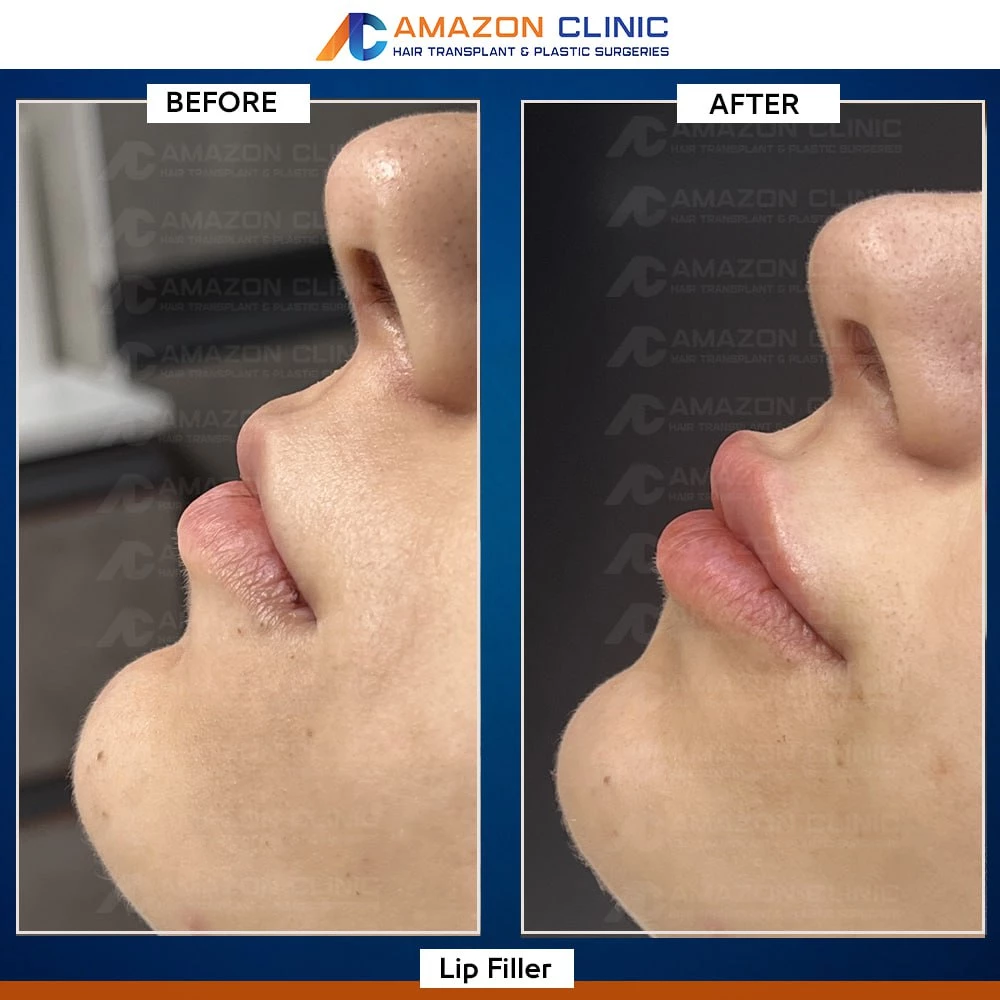
Filler or Botox? Which one suits your face and why?
In our current era, cosmetic medicine offers countless solutions to address cosmetic concerns through surgical and non-surgical methods. You can now eliminate any bothersome issue using multiple approaches.
If you prefer non-surgical options or if your age or health condition does not allow you to undergo surgery, there are many non-invasive alternatives that can solve your problem. These non-surgical solutions have become safe and simple in our time.
One common cosmetic issue that many people seek to address is wrinkles that appear with aging, including wrinkles around the eyes, lines around the nose, neck lines, and more. All of these concerns can be addressed through simple methods, either with fillers or Botox. However, it is important to understand the difference between fillers and Botox in order to determine what suits your specific problem and find the optimal solution for you.
Filler: It is the most common and widely used method to address skin concerns. It is composed of hyaluronic acid, which is a natural substance found in the body, similar to collagen. The body gradually loses hyaluronic acid with age, leading to a weakening of the skin structure and the appearance of wrinkles.
Filler acts as an internal moisturizer for the skin, as it increases the water content within the skin.
Filler is used to address several issues, including:
- Stimulating collagen production in the skin.
- Filling in thin areas of the face such as cheeks, chin, and jawline.
- Lip lifting.
- Smoothing laugh lines around the mouth.
- Diminishing forehead lines and neck lines.
- Treating scars and wound marks.
- Reducing wrinkles around the eyes.
- Filling under-eye hollows.
- Softening frown lines.
Filler is considered one of the simplest non-surgical procedures, and the process is as follows:
- The filler is injected to create an additional protective layer for the skin, guarding against sagging and wrinkles.
- The filler can be injected at different levels of the skin: deep levels to add volume and superficial levels to moisturize and plump the skin.
- Once injected, the filler works to moisturize the skin from within.
- The filler injection process takes approximately 30 minutes at most.
The filler procedure is considered safe, as the incidence of allergic reactions is very low since it naturally occurs in the body. The results of filler injections are immediate and last between 6 months to a year. The results are impressive but not permanent and require repeat treatments.
In the event that a person needs to dissolve the filler after injection (due to dissatisfaction with its appearance, incorrect placement, or migration of the filler to surrounding tissues), it can be dissolved using an enzyme called hyaluronidase. Hyaluronidase works by breaking down the bonds within the filler.
The enzyme is injected in varying doses depending on the density and amount of filler present. Its effect becomes noticeable within 3 to 7 days after the session, and the enzyme continues to have an impact for 14 days after injection.

Botox: It is a protein extracted from the toxic bacteria Clostridium botulinum. It is used in the composition of certain medications for muscle and nerve treatment.
Uses of Botox for skin treatment:
- It is used to eliminate dynamic lines that form when the face moves.
- Reducing wrinkles and expression lines, particularly around the eyes.
- Diminishing forehead wrinkles.
- Correcting drooping eyelids.
- Treating certain neurological conditions, such as neck spasms.
- Treating excessive sweating.
Botox is injected into facial muscles to reduce their contraction, which helps minimize the appearance of wrinkles caused by facial expressions. When Botox is injected, it prevents communication between muscles and nerves, automatically inhibiting muscle contraction and relieving pressure on the skin.
Tips for optimal results after Botox injection:
- Avoid taking blood-thinning medications such as aspirin.
- Avoid direct sun exposure for a week after the injection.
- Refrain from engaging in strenuous physical activities for a week to prevent inflammation.
- Do not touch the injected area for at least 6 hours after the procedure.
- Avoid applying cosmetics for a day or two after the injection.
Both fillers and Botox are used to improve the appearance of the skin, but they have different goals, compositions, procedural methods, and resulting effects.
Botox is used to eliminate deep wrinkles by relaxing the tension in the muscles, while fillers are used to restore moisture and plumpness to the skin.
Ultimately, both fillers and Botox are safe and effective procedures that are approved by the Food and Drug Administration (FDA). It is important to understand your specific concern and choose the procedure carefully or seek the advice of a doctor to determine what is best for your skin, age, and specific issue.
Understand the difference between filler and Botox to achieve the best results.
